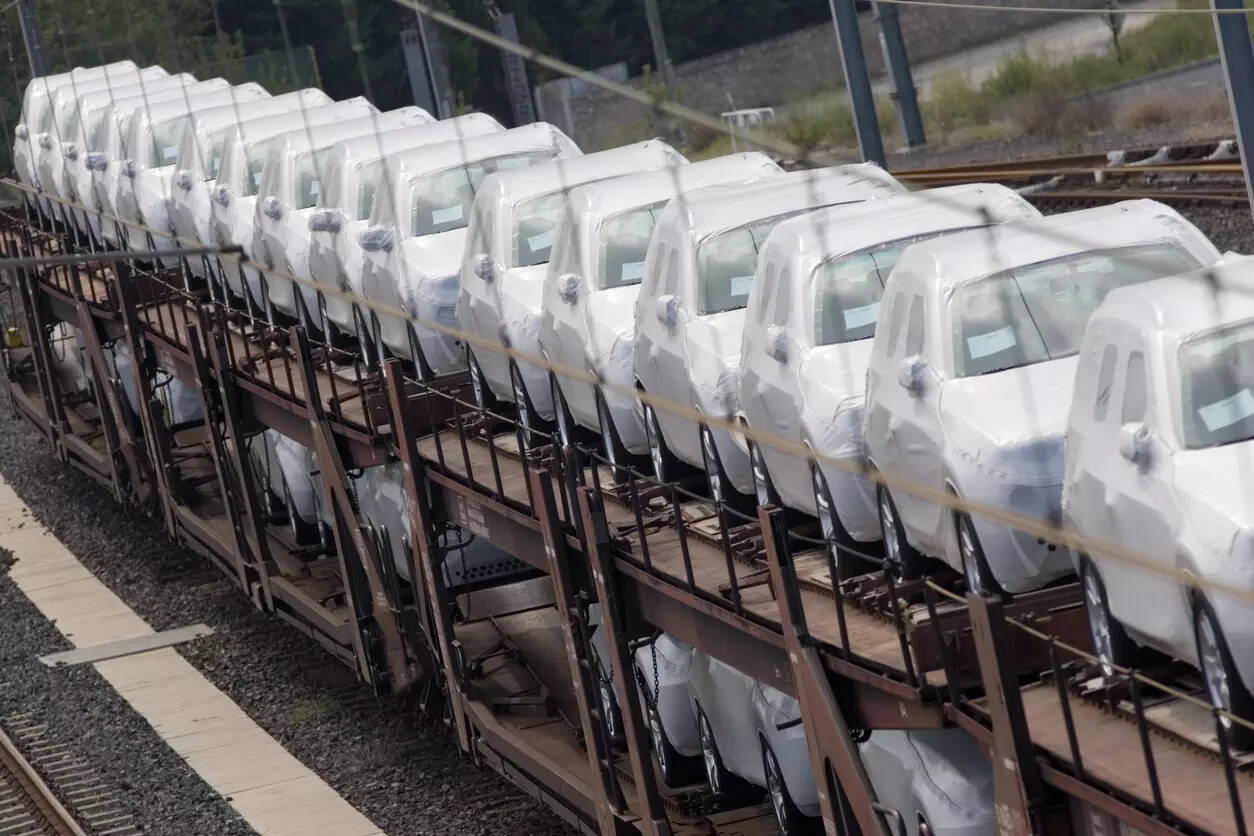
Many auto OEMs in India proudly claim that they operate with only a few hours’ worth of component inventory.
Not only is component inventory minimal, but finished goods (FG) inventory also tends to be low among auto OEMs. This is a significant achievement that most industries have not attained. Minimal inventory allows for a rapid response to demand changes, reduction of storage costs, and minimization of the risk associated with obsolete or unsold inventory. Most OEMs attribute this lean inventory to the implementation of Just-in-Time (JIT) manufacturing principles, where components are delivered according to consumption needs, optimizing resource use and production efficiency.
At first glance, such a slim inventory seems highly efficient.
But could this be an illusion?
A deeper examination of component kit coverage for production often dispels this notion.
Kit coverage is a critical measure of an auto supply chain’s stability. Plants with higher kit coverage, meaning they have the necessary components for a planned number of production days, are deemed more stable than those with lower coverage. Ironically, many OEMs with minimal inventory also experience frequent shortages — what they need for production is often incomplete in the kit. This issue persists despite component vendors being located mere hours from the OEM plants and typically holding about two weeks of inventory. Consequently, the lack of necessary components often leads to ongoing expediting and rescheduling for both vendors and OEM assembly lines.
Furthermore, the substantial inventory held by auto dealers — spanning 2-3 months — with discrepancies between available products and customer demand results in slow-moving stock, stockouts, and long waits for sought-after SKUs, highlighting another dimension of this story.
Evidently, the apparent inventory efficiency of OEMs comes at the cost of effectiveness, namely availability. Thus, behind this façade of efficiency, they face the same challenges prevalent in other industries.
Why does this occur?
JIT systems, KANBAN, or bin-availability-based production systems depend on synchronized production and inventory levels, functioning best in environments with demand levelling and low variability in supply and processes. Demand levelling helps even out customer order fluctuations, enabling consistent production schedules and efficient resource allocation. Low variability in processes and supply is crucial to prevent excess inventory built up as a buffer for production hiccups and to ensure the timely arrival of components.
However, the increasing diversity of products and variants, shortened product life cycles, rapid technological changes, shifting regulations, and frequent introduction of new components have introduced considerable variability into auto supply chains. In such a context, effectively implementing JIT across the entire supply chain becomes challenging. As a compromise, while OEMs receive inventory from vendors based on production ‘pull’ signals, vendors continue to operate on monthly forecasts provided by OEMs, a ‘push’ paradigm.
With fluctuations in demand or supply disruptions, OEM production plans may change, and their daily requirements from vendors may not align with the pre-established monthly forecast. Often, vendors struggle to meet the new demands of OEMs’ production plans despite holding significant inventory due to a mismatch between what is in stock and what is needed. This results in ongoing rescheduling and searches for missing components.
This mismatch creates a constant tug-of-war between OEMs and vendors, with vendors seeking more accurate forecasts and OEMs expecting vendors to maintain sufficient capacity and buffer stocks. When products in demand are not supplied in time, it leads to cancelled orders and dissatisfaction among dealers.
How can this situation be resolved to benefit OEMs, dealers, and vendors?
Perfect forecasts are unattainable. Therefore, to enhance the agility and efficiency of auto supply chains, a shift from a ‘push’ to a ‘pull’ system is essential, starting with the demand side of the OEM.
What should OEMs do?
OEMs should move inventory to dealers based on sales rates rather than forecasts, necessitating OEMs to hold inventory at their central warehouses. The central warehouse, using aggregation, can efficiently serve multiple dealers while maintaining minimal overall stock. Dealers, holding little to no inventory, can offer a broader range of SKUs for the same working capital.
The OEM’s production plan should then be based on actual consumption from the central warehouse, not on forecasts. A daily communication system between the OEM’s warehouse and plants can monitor current inventory levels, signalling the need for replenishment and smoothing plant production loads.
What should Vendors do?
Given that accurate component forecasts are nearly impossible, vendors should also adopt a pull-based production system. Setting up finished goods inventory by design, with established norms for each SKU, and producing based on actual warehouse consumption levels can help vendors decouple their operations from the unpredictability of OEM orders.
Outcome
Implementing these practices has shown that OEMs can improve market availability, increase inventory turnover, and reduce overall inventory in the supply chain, leading to more satisfied dealerships and better sales. Once ordering material based on consumption moves into an auto mode in the supply chain, this will reduce firefighting and stress across the system, allowing the management team to focus on initiatives to increase market share. However, this requires sustained efforts from OEMs and a partnership approach with vendors.
As the saying goes, ‘win-win’ and ‘lose-lose’ are the only lasting outcomes in any relationship, with ‘win-lose’ being a temporary state that soon deteriorates. Ensuring a ‘win’ for one party in a relationship is contingent upon securing a ‘win’ for the other.
Case in point
In the accompanying video, senior management from International Tractors Limited, also known as Sonalika Tractors, discusses how shifting from a forecast-based model to an end-to-end pull replenishment system has addressed these challenges. This shift has enabled near-perfect component availability, reduced inventory at all levels in the value chain, and improved manufacturing productivity to 99% while cutting down the lead time to just one day.

